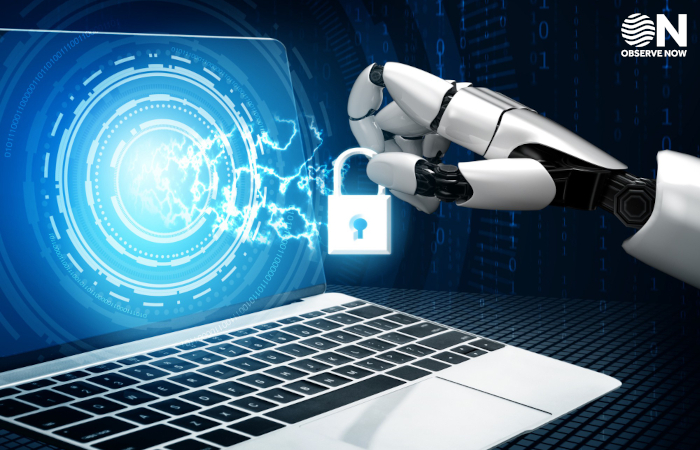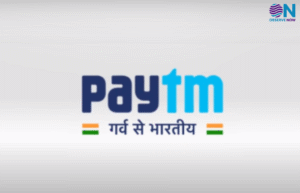Navigating Cybersecurity and Resilience Challenges through Generative AI

The rapid advancement of Generative Artificial Intelligence has introduced transformative capabilities across various sectors. However, this evolution also brings forth significant cybersecurity and resilience challenges that necessitate a comprehensive understanding and strategic approach.
GenAI, characterized by its ability to produce content such as text, images, and code, has revolutionized content creation and automation. Yet, its proliferation has also expanded the attack surface for malicious activities. Cyber adversaries can exploit GenAI to craft sophisticated phishing emails, generate deceptive content, and automate attacks, thereby increasing the scale and efficacy of cyber threats.
The democratization of GenAI tools means that even individuals with limited technical expertise can potentially orchestrate complex cyberattacks. This accessibility amplifies the threat landscape, making it imperative for cybersecurity frameworks to evolve in tandem with these technologies.
Traditional cybersecurity measures often rely on signature-based detection and predefined rules, which may prove inadequate against the dynamic and adaptive nature of GenAI-driven threats. The ability of GenAI to mimic legitimate user behavior and generate realistic content challenges existing detection mechanisms, necessitating the development of more advanced and adaptive security solutions.
Moreover, the integration of GenAI into critical infrastructure systems raises concerns about the potential for systemic vulnerabilities. An attack leveraging GenAI could disrupt essential services, leading to widespread consequences. Therefore, enhancing the resilience of these systems against such sophisticated threats is of paramount importance.
To counter the emerging threats posed by GenAI, a multifaceted approach is required:
- Adaptive Security Measures: Implementing machine learning and AI-driven security solutions that can learn and adapt to new threat patterns in real-time.
- Robust Verification Protocols: Developing advanced authentication mechanisms to distinguish between human and AI-generated interactions.
- Continuous Monitoring and Assessment: Establishing systems for ongoing surveillance of network activities to promptly identify and respond to anomalies.
- Collaborative Frameworks: Fostering partnerships between industry, academia, and government agencies to share intelligence and develop unified defense strategies.
- Regulatory Oversight: Formulating policies and regulations that govern the ethical use of GenAI, ensuring accountability and transparency in its deployment.
The integration of Generative AI into various facets of society presents both opportunities and challenges. While it offers innovative solutions and efficiencies, it also introduces complex cybersecurity and resilience issues that must be proactively addressed. By adopting adaptive security measures, fostering collaboration, and implementing robust regulatory frameworks, stakeholders can mitigate risks and harness the benefits of GenAI responsibly.
















